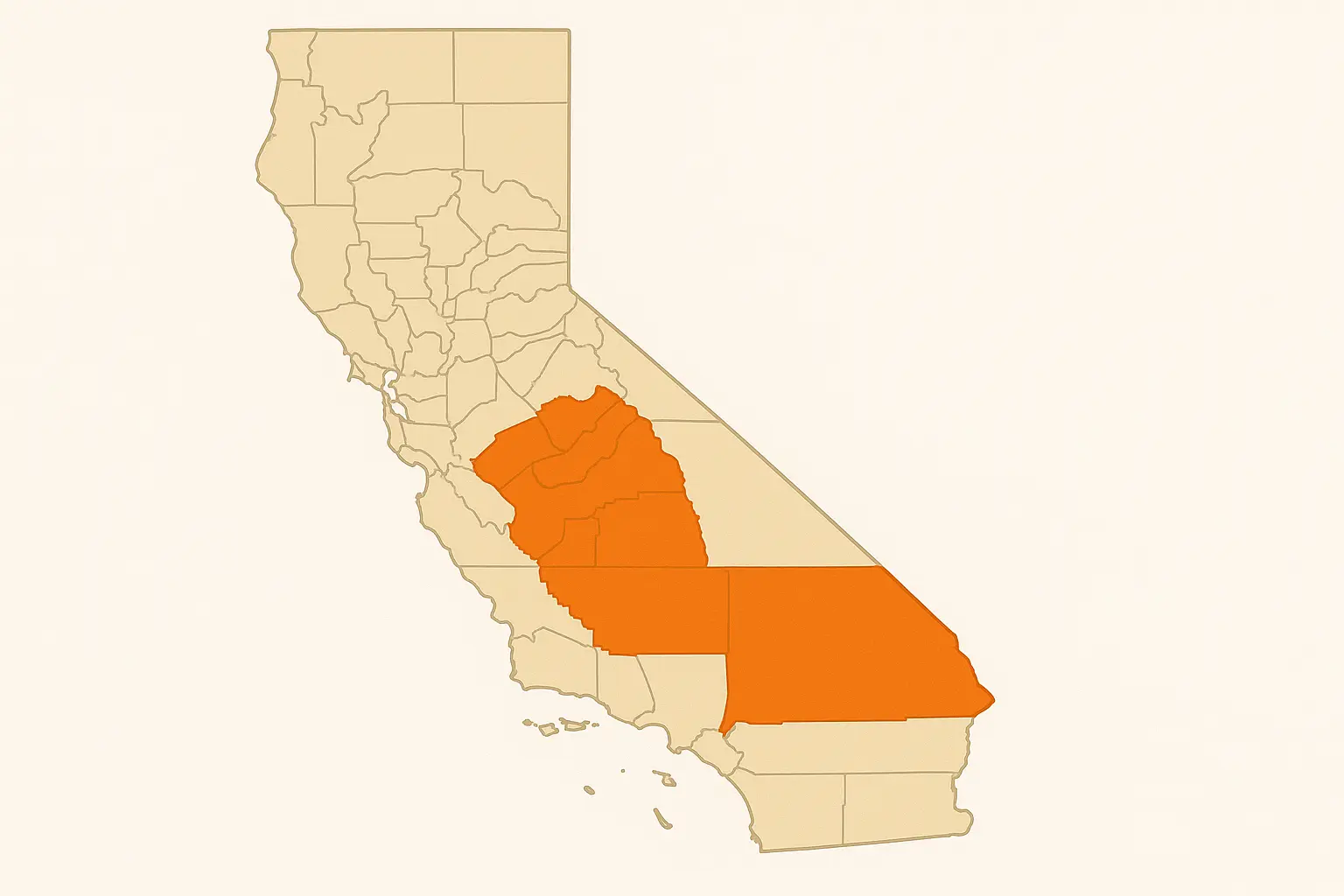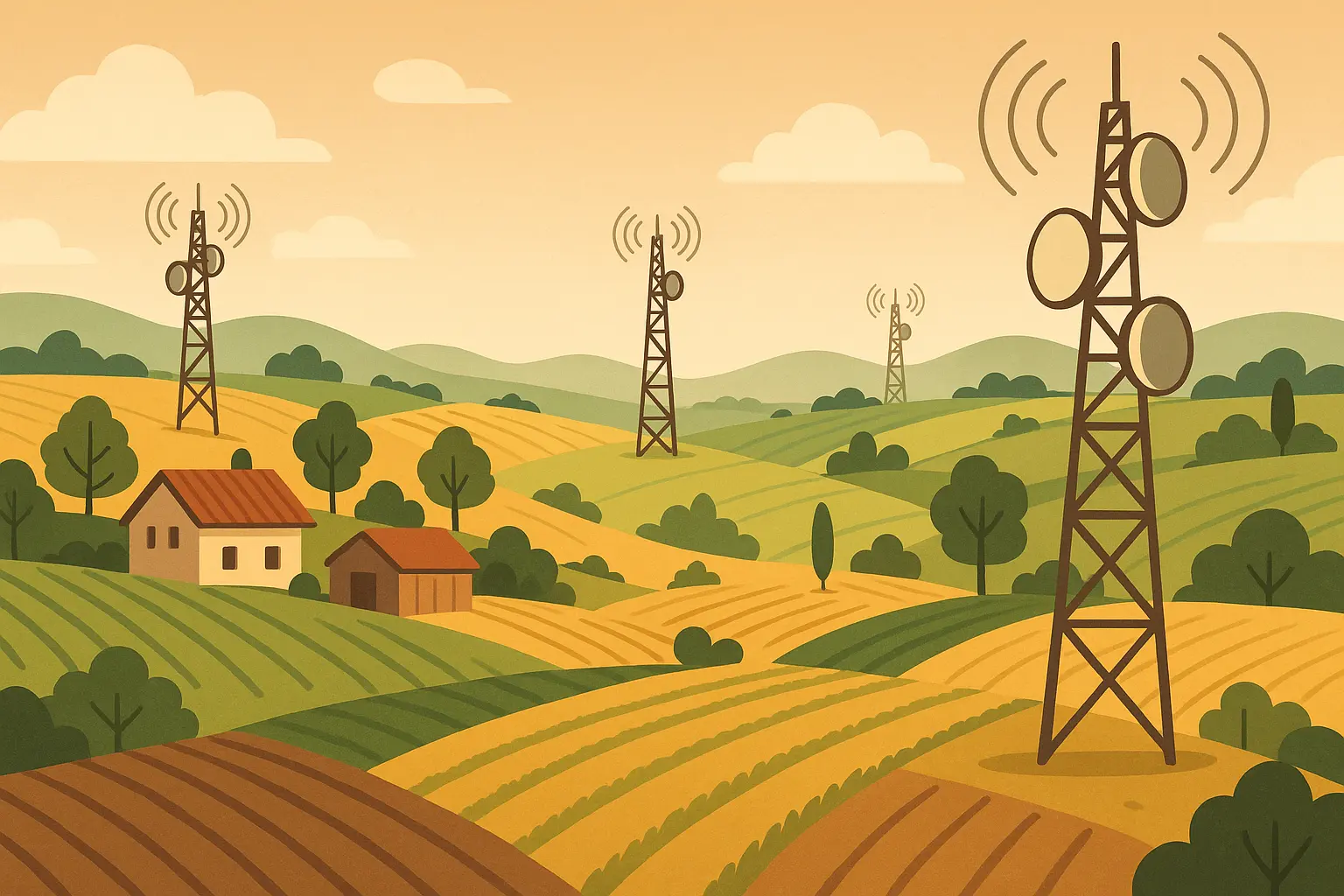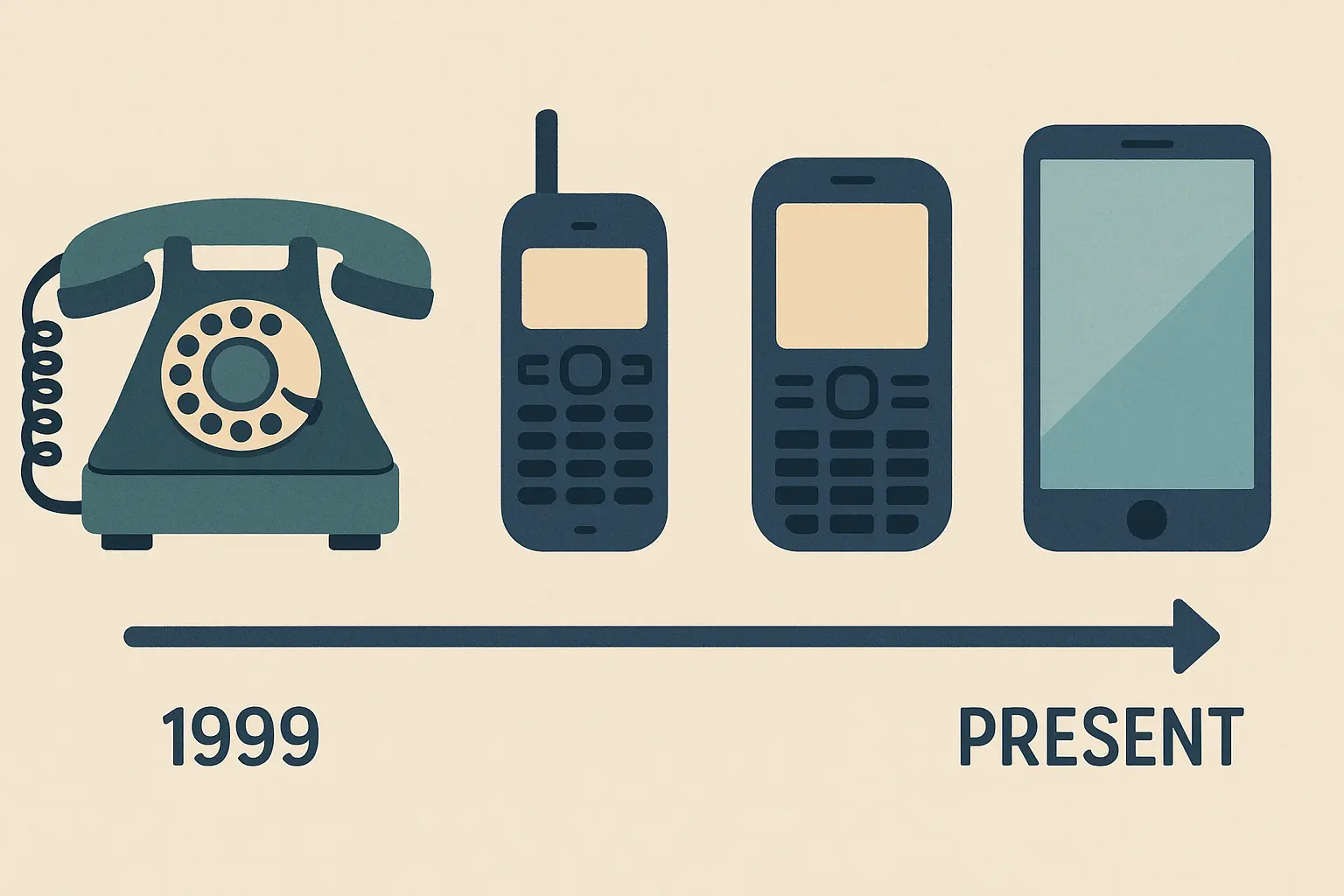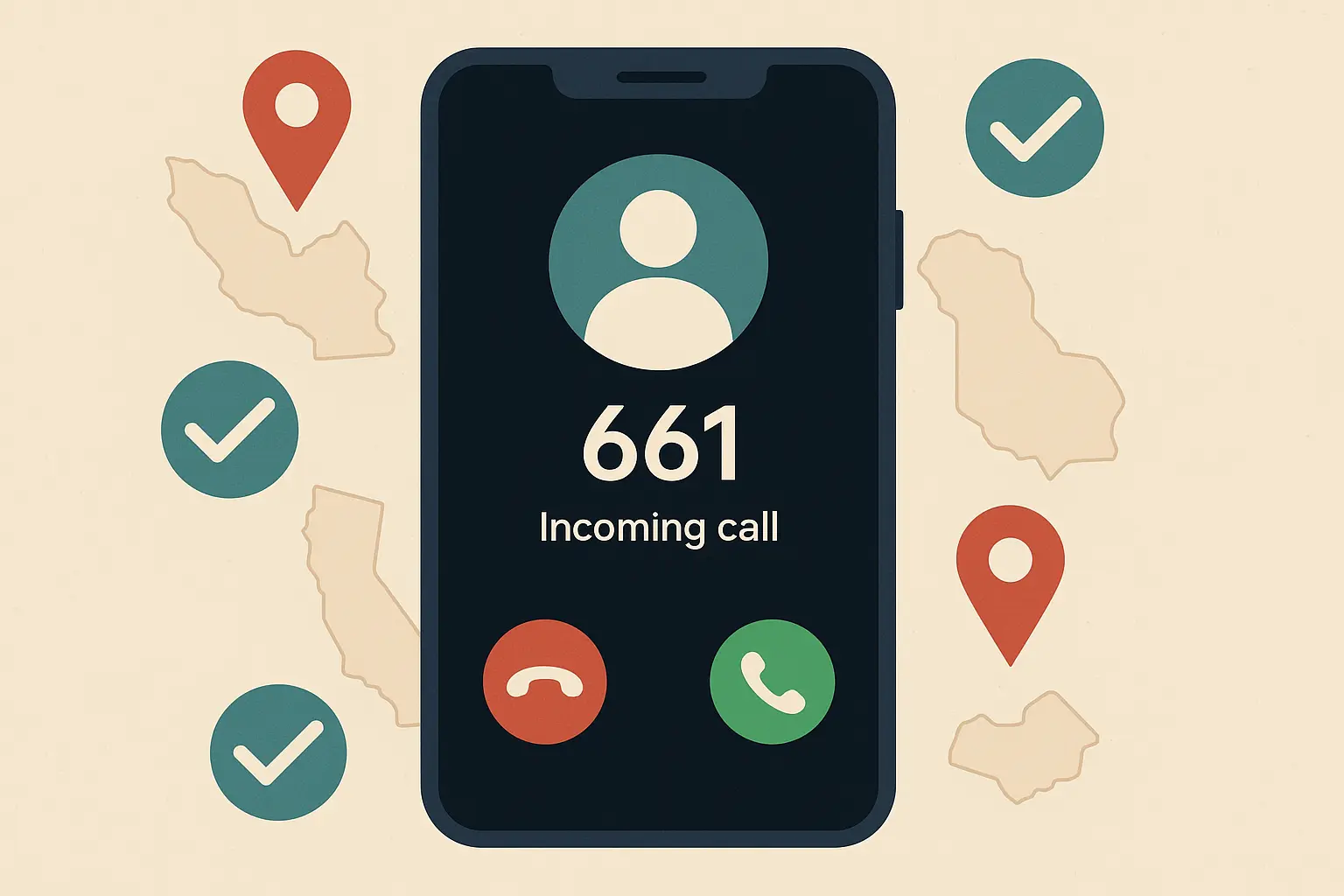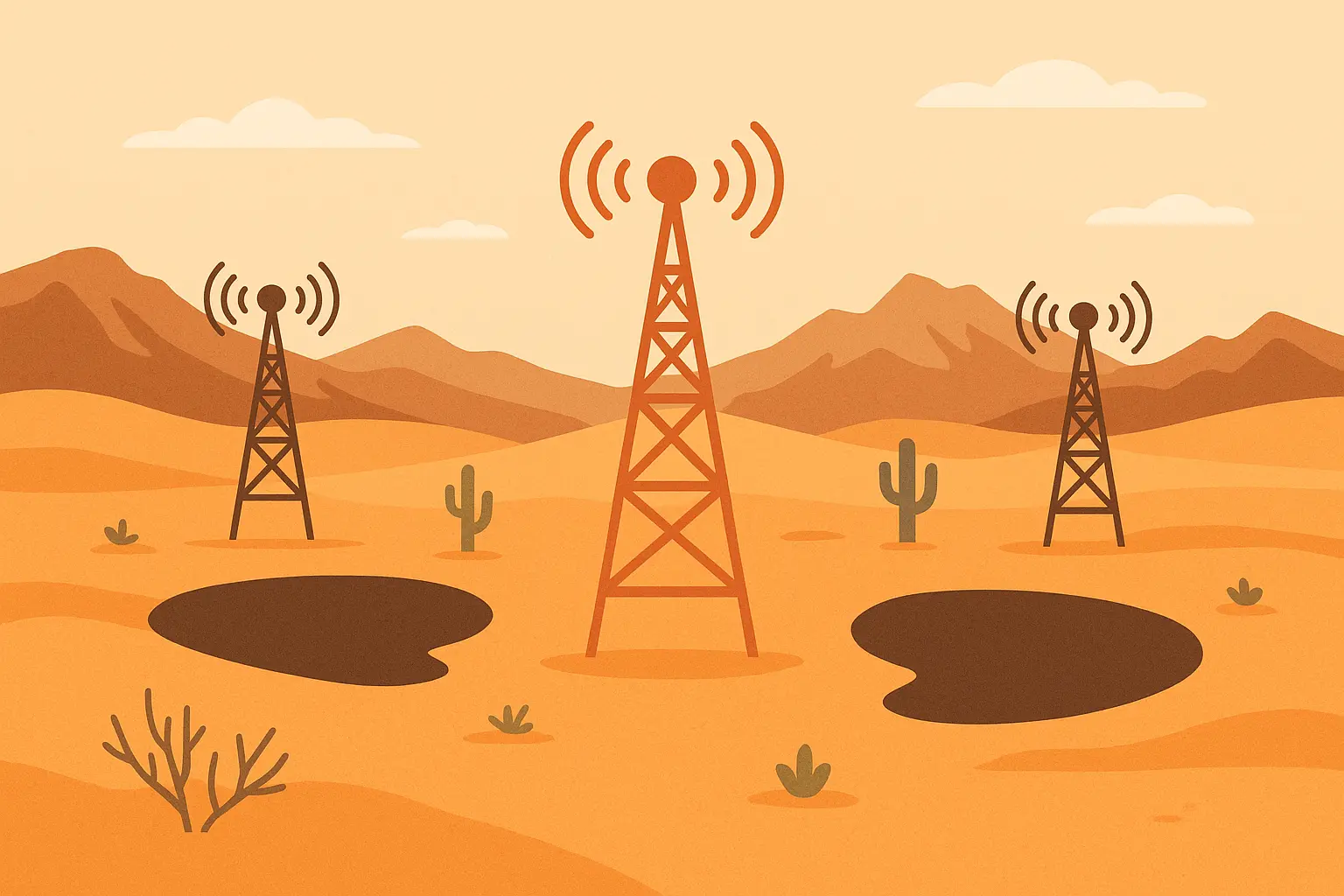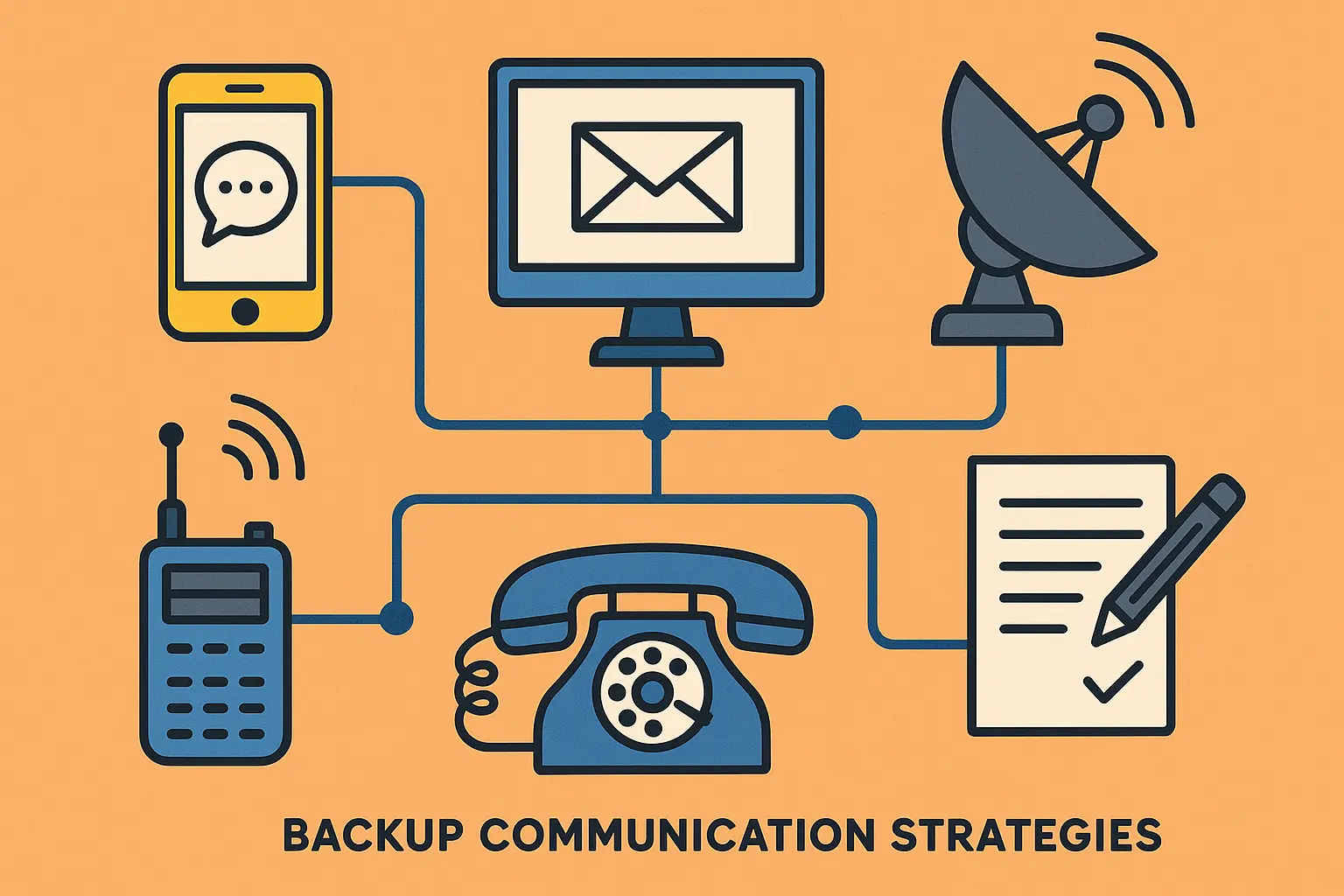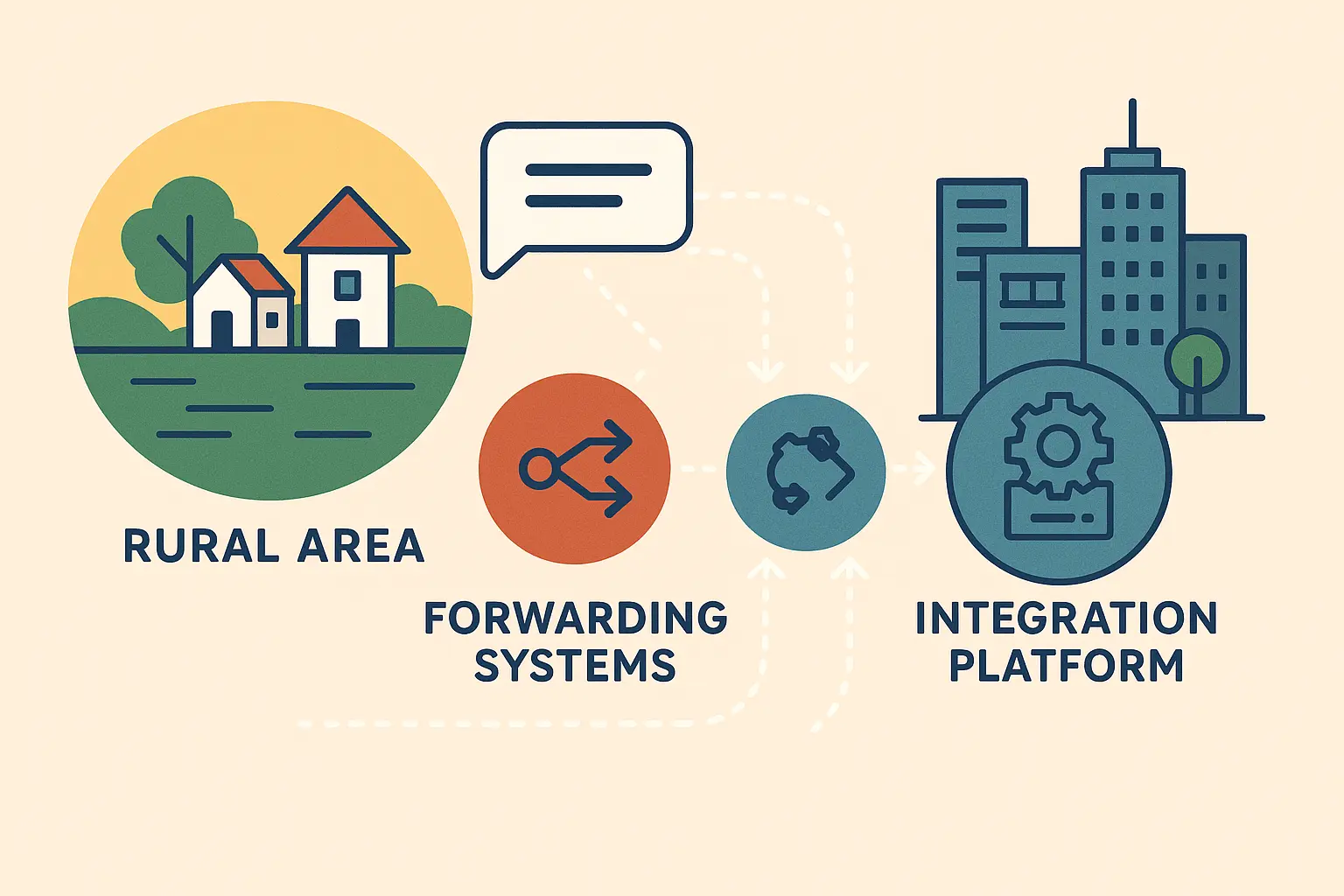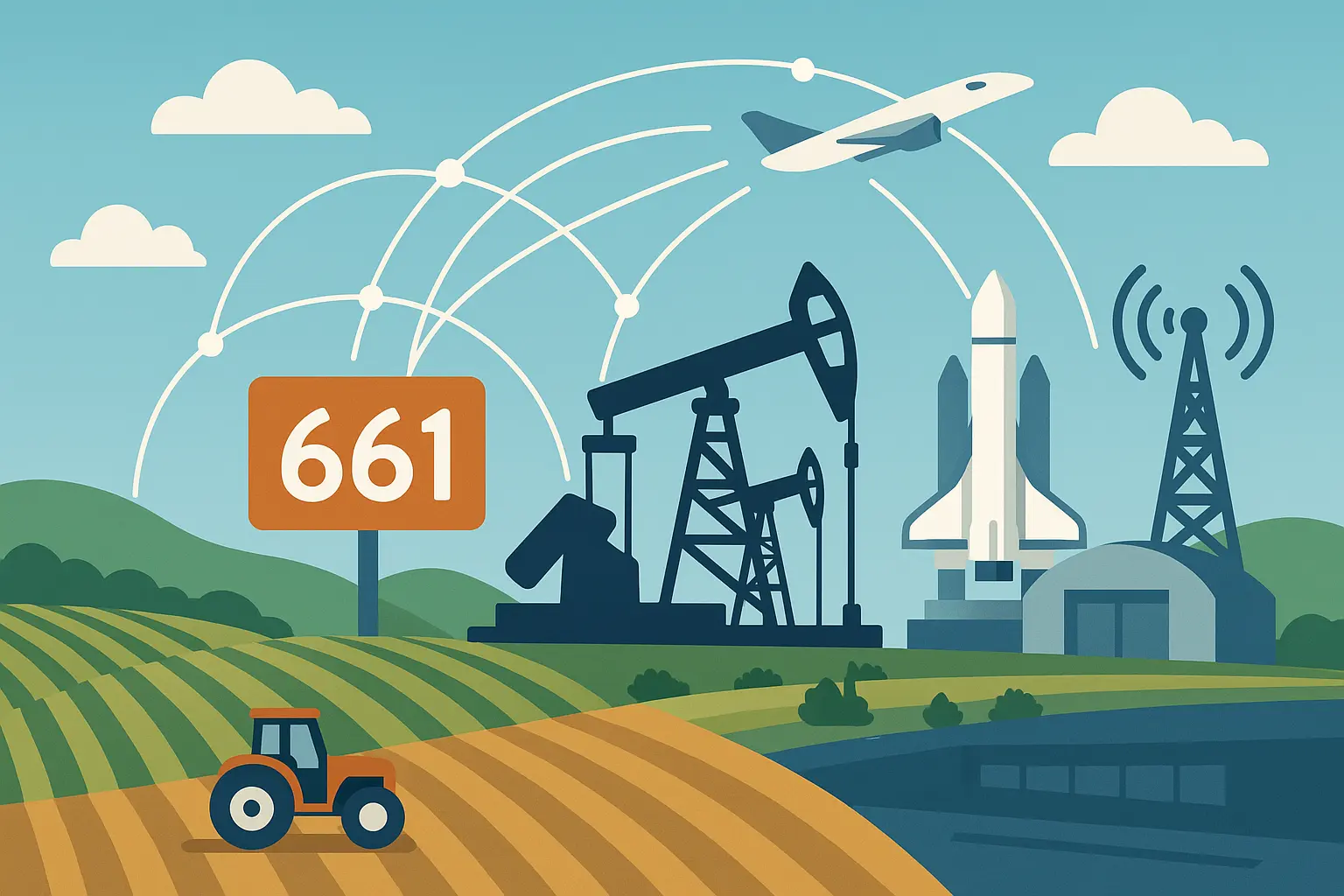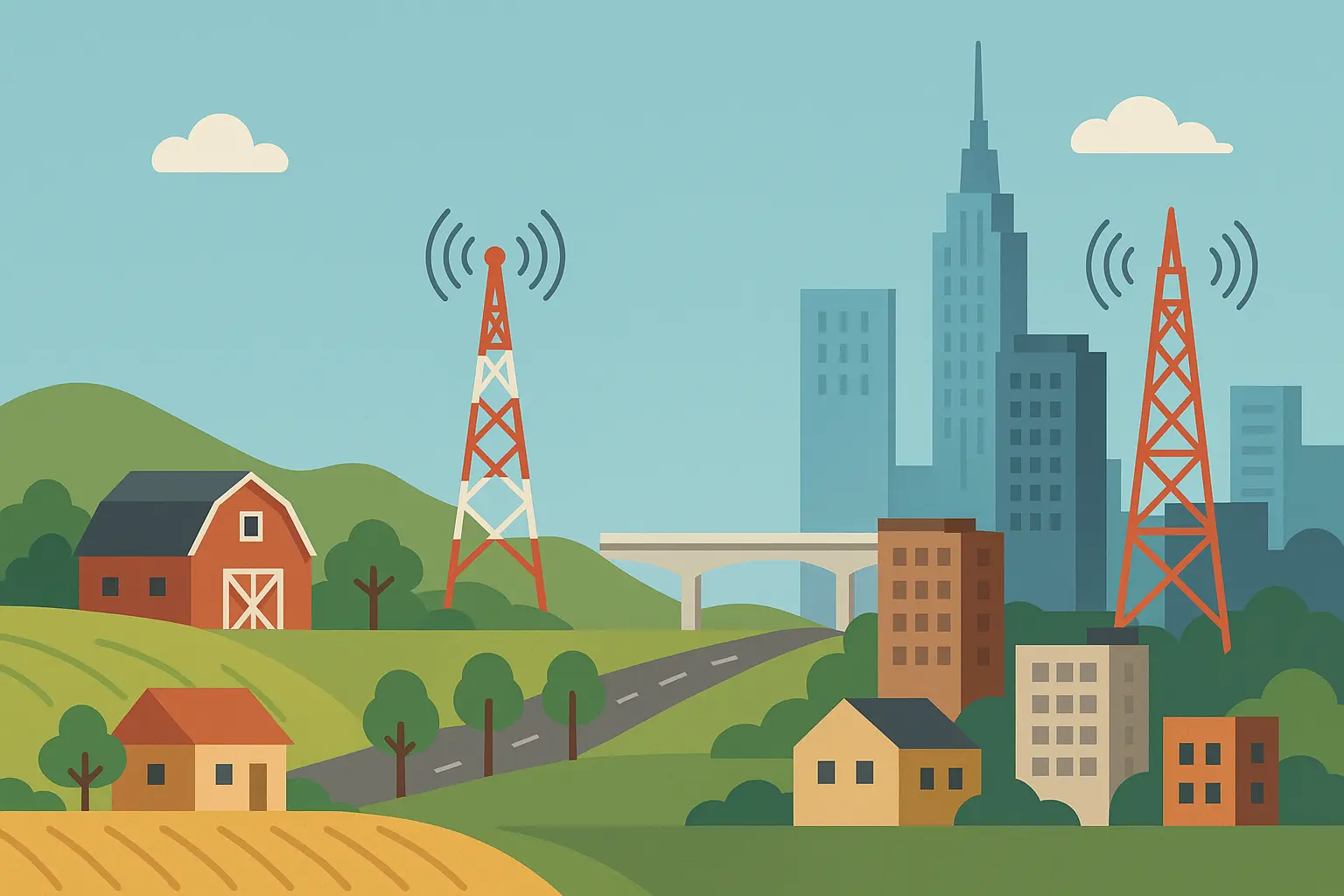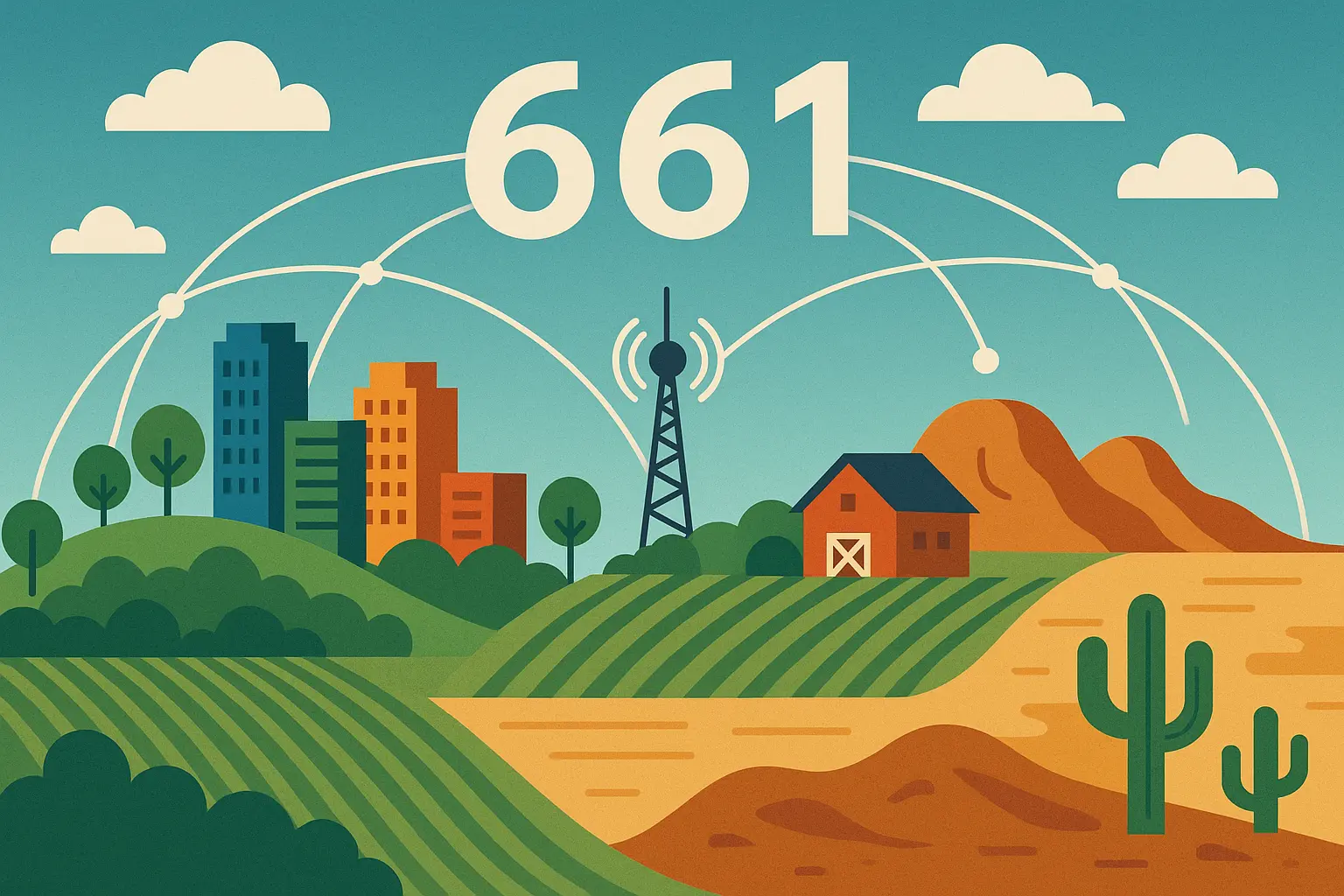Ever gotten a call from a 661 number and wondered where exactly it was coming from? You’re not alone. This California area code covers territory so diverse that callers could be reaching out from downtown Bakersfield’s oil district or a remote almond farm 100 miles away.
I spent weeks digging into 661’s story, and what I found surprised me. This isn’t just another regional phone system—it’s a communication lifeline connecting over 1.5 million people across some of the state’s most challenging geography.
Table of Contents
What Makes 661 Different
Most area codes stick to neat boundaries. Not 661. It sprawls across two counties, serving everyone from aerospace engineers in Palmdale to cattle ranchers in the Mojave Desert. That creates communication headaches you won’t find anywhere else in California.
With 1,561,726 people spread across this vast territory, 661 ranks as one of California’s most populous area codes outside major metropolitan centers. But population size doesn’t tell the whole story—it’s the geographic spread that makes things interesting.
The Two-County Puzzle
Here’s where it gets interesting: 661 covers ALL of Kern County (think Bakersfield and endless farmland) plus just the northern chunk of LA County called the Antelope Valley. Why the split? Back in 1999, the old 805 area code couldn’t handle the growth anymore.
Similar to how understanding the US phone number format with country code helps with international communications, grasping 661’s unique two-county structure is essential for effective regional communication.
Kern County drives much of California’s agricultural output and oil production. Bakersfield anchors this region as the largest city, but the real action happens in the surrounding farmland and energy fields.
Antelope Valley includes desert communities like Lancaster and Palmdale that have exploded in size while keeping their unique character. These areas face connectivity challenges that urban dwellers rarely consider.
Beyond Cities: The Rural Reality
What makes 661 truly unique is how it extends far beyond major population centers. Scattered farming communities, mountain towns, and desert outposts all share this area code. That creates communication challenges you won’t find in compact urban zones.
Picture a farmer in rural Kern County trying to coordinate a harvest. He’s texting his crew in Bakersfield, calling his distributor in Fresno, and emailing buyers in LA—all while hoping his phone doesn’t lose signal in the middle of nowhere.
The Birth of 661: A Growth Story
The creation of 661 wasn’t just administrative housekeeping—it was a response to explosive growth that caught everyone off guard. By the late 1990s, the original 805 area code had reached its limit.
The transition from 805 to 661 represented more than just a technical change for communities like Santa Clarita. As “Today in SCV History” from Hometown Station notes, “The switch to 661 in 1999 was more than just a technical change; it was a reflection of Santa Clarita’s transformation from a small-town community to a rapidly expanding city.”
When 805 Couldn’t Keep Up
Population booms in places like Bakersfield and the Antelope Valley, combined with the rise of cell phones and fax machines, created unprecedented demand for new phone numbers. The existing system simply couldn’t accommodate the growth.
Phone company officials had to carefully draw new boundaries that balanced geographic logic with population density. They needed to ensure both regions could grow without running out of numbers again too quickly.
How Things Have Changed Since 1999
Today’s 661 serves a completely different communication landscape than what existed in 1999. Mobile phones dominate, businesses rely heavily on text messaging, and remote work has changed how people think about local versus long-distance communications.
Local businesses have built their entire marketing and operational strategies around their 661 numbers. From agricultural cooperatives to aerospace contractors, these numbers have become integral to brand identity and customer recognition.
What That 661 Call Really Tells You
When you see 661 on your caller ID, you’re getting more information than you might realize. That number could be coming from downtown Bakersfield’s business district or a remote farm 50 miles away. Understanding this diversity helps you prepare for different types of conversations.
Reading the Geographic Clues
Calls from urban 661 areas typically have different characteristics than those from rural regions. Urban callers usually have reliable connections and may be calling during standard business hours. Rural callers might be dealing with spotty service or calling during agricultural schedules that don’t follow typical 9-to-5 patterns.
Quick 661 Caller Verification:
-
Check if the caller’s claimed location matches 661 coverage
-
Verify business addresses against known 661 cities
-
Consider timing (agricultural areas may call during non-standard hours)
-
Listen for background noise indicating rural vs. urban location
-
Cross-reference with online business directories
Business Verification Made Simple
For business purposes, knowing that a company claims to be local while using 661 gives you a way to verify their geographic claims. This becomes especially important when dealing with service providers or contractors who need to physically reach your location.
With an unemployment rate of 9.5% in the 661 region, there’s increased entrepreneurial activity as people start new businesses, making verification of legitimate local companies more important than ever.
A business claiming to serve Los Angeles exclusively but using 661 might warrant additional questions about their actual service area and capabilities.
Why 661’s Geography Creates Communication Headaches
The 661 region’s vast and diverse territory creates communication problems you won’t find in more compact urban area codes. From cellular dead zones in rural areas to the logistics of serving both desert communities and agricultural operations, this region presents unique challenges.
The Rural Connectivity Problem
Rural areas within 661 often struggle with inconsistent cellular coverage and limited internet infrastructure. This creates situations where important messages might not reach their intended recipients, especially during critical business operations or emergency situations.
During almond harvest season, a farm manager in rural Kern County needs to coordinate with crews, equipment operators, and processing facilities. A missed text about weather changes could mean the difference between a successful harvest and crop loss. In areas where cellular towers are 20+ miles apart, having backup communication methods becomes essential.
This is where forwarding text messages to an email address becomes crucial for agricultural businesses that can’t afford to miss critical communications during harvest season.
Desert and Mountain Communication Realities
The Mojave Desert portions of 661 present their own challenges, with vast distances between communities and natural barriers that interfere with signal transmission. These geographic realities affect how residents and businesses approach their communication strategies.
In remote 661 regions, reliable communication can literally be a matter of life and death. Emergency services, utility companies, and healthcare providers all need backup communication methods to ensure critical messages get through when primary systems fail.
Smart Strategies for Managing 661 Communications
Managing communications effectively in 661 requires understanding both the technology and geography involved. Here are practical strategies for verifying caller locations, managing message delivery, and ensuring important communications don’t get lost.
Tools for Location Verification
Modern mapping and lookup tools make it easier than ever to verify whether a 661 number actually corresponds to the location you expect. These tools become especially valuable when dealing with business relationships or service providers across the region’s diverse geography.
Web-based mapping tools now offer detailed views of area code boundaries, letting you see exactly where 661 begins and ends. These tools help you understand whether a caller is likely from urban Bakersfield or rural Kern County.
Your Verification Toolkit:
-
Google Maps Area Code Lookup: Free, high accuracy for cities
-
Reverse Phone Lookup Services: $5-15/month, moderate to high accuracy
-
FCC Area Code Maps: Free, very high accuracy for official boundaries
-
Carrier-specific tools: Varies in cost, high accuracy for network coverage
Planning for Connectivity Issues
Whether you’re running a business or just trying to stay in touch with family across 661, having backup communication methods becomes essential. This might mean using multiple messaging platforms or setting up email forwarding for important texts.
Communication Backup Strategy:
-
Primary Method: Standard SMS/voice calls
-
Secondary Method: Email forwarding for critical messages
-
Emergency Method: Landline or satellite communication
-
Business Hours: Establish reliable contact windows
-
Geographic Considerations: Account for rural connectivity gaps
-
Seasonal Adjustments: Plan for agricultural busy seasons
For Android users in 661, learning how to forward text messages on an Android phone can be essential for maintaining reliable communications across the area’s challenging terrain.
How Modern Solutions Bridge 661’s Urban-Rural Divide
The communication challenges unique to 661 have created opportunities for innovative SMS solutions that bridge the gap between reliable urban networks and spotty rural coverage. Services that forward messages to email addresses these specific regional challenges by ensuring critical communications reach their destinations regardless of local connectivity issues.
Bridging the Communication Gap
Message forwarding services provide essential value for 661 users who regularly deal with connectivity challenges. Email forwarding capabilities ensure that important text messages reach recipients even when cellular service is unreliable in remote agricultural or desert areas.
Real-World Applications
A solar installation company with projects across 661 uses message forwarding to ensure field technicians’ status updates reach the main office in Bakersfield even when cellular coverage is spotty at remote desert installation sites. Critical messages about equipment failures or safety issues get forwarded to email and team communication channels, maintaining operational continuity.
Businesses can enhance their communication reliability by forwarding text messages to a Slack channel, ensuring team coordination remains intact even when 661 coverage becomes unreliable in remote locations.
Integration with Business Systems
URL forwarding features enable seamless integration with business platforms like Slack or Microsoft Teams, allowing companies with operations spanning from Lancaster to Bakersfield to maintain consistent communication workflows despite varying cellular coverage quality across their service areas.
The Economic Forces Behind 661’s Growth
The 661 region serves some of California’s most economically diverse areas, from high-tech aerospace operations to traditional agriculture and energy production. Understanding these economic drivers helps explain the area’s communication needs and why reliable messaging solutions have become increasingly important.
The median household income in 661 is $74,450, reflecting the region’s mix of agricultural, energy, and aerospace industries that require reliable communication systems for coordinating complex operations across vast geographic areas.
Industry Diversity Creates Communication Complexity
The region’s economic landscape spans everything from oil fields to aerospace facilities to vast agricultural operations. Each industry has distinct communication requirements, creating diverse demands on the phone networks.
Agriculture’s Communication Demands
Kern County’s massive agricultural operations require constant coordination between farms, distributors, processors, and markets. Time-sensitive decisions about irrigation, harvesting, and shipping create situations where missed communications can result in significant financial losses.
Energy Sector Reliability Requirements
Oil production facilities and renewable energy operations throughout 661 operate around the clock, requiring communication systems that work reliably even in remote locations where traditional cellular coverage may be limited.
The region’s commitment to community engagement is evident in initiatives like CSUB Athletics’ Give 661 campaign, which “launched to strengthen local connections” and demonstrates how the 661 identity has become integral to regional pride and business development.
Growth and Infrastructure Challenges
Continued population growth in cities like Bakersfield and Palmdale, combined with the expansion of rural industries, has created ongoing pressure on communication infrastructure. This growth pattern explains why message forwarding and backup communication solutions have become increasingly valuable.
Economic Sector Communication Needs:
-
Agriculture: 24/7 weather and market updates
-
Energy: Emergency response and safety communications
-
Aerospace: Secure project coordination across multiple sites
-
Transportation: Real-time logistics and routing updates
-
Healthcare: Patient coordination across rural service areas
-
Education:Education: Multi-campus communication systems
For new users in 661 looking to implement reliable message forwarding, getting started with AutoForward SMS for the first time provides essential setup guidance for ensuring communication continuity across the area’s challenging geography.
Why This Matters for You
The 661 region represents more than just a set of numbers—it’s a window into one of California’s most geographically and economically diverse regions. From the agricultural heartland of Kern County to the aerospace corridors of the Antelope Valley, this area serves communities with vastly different communication needs and challenges.
What strikes me most about 661 is how its unique geography creates communication problems that simply don’t exist in more compact urban areas. Rural connectivity issues, vast distances between communities, and the critical nature of agricultural and energy operations all combine to make reliable message delivery more important than in typical metropolitan areas.
Whether you’re getting calls from 661 numbers, doing business in the region, or just curious about how phone systems work in challenging geography, understanding these regional characteristics isn’t just interesting trivia—it’s practical knowledge that can help you communicate more effectively and avoid the frustrations that come with missed messages in critical situations.

